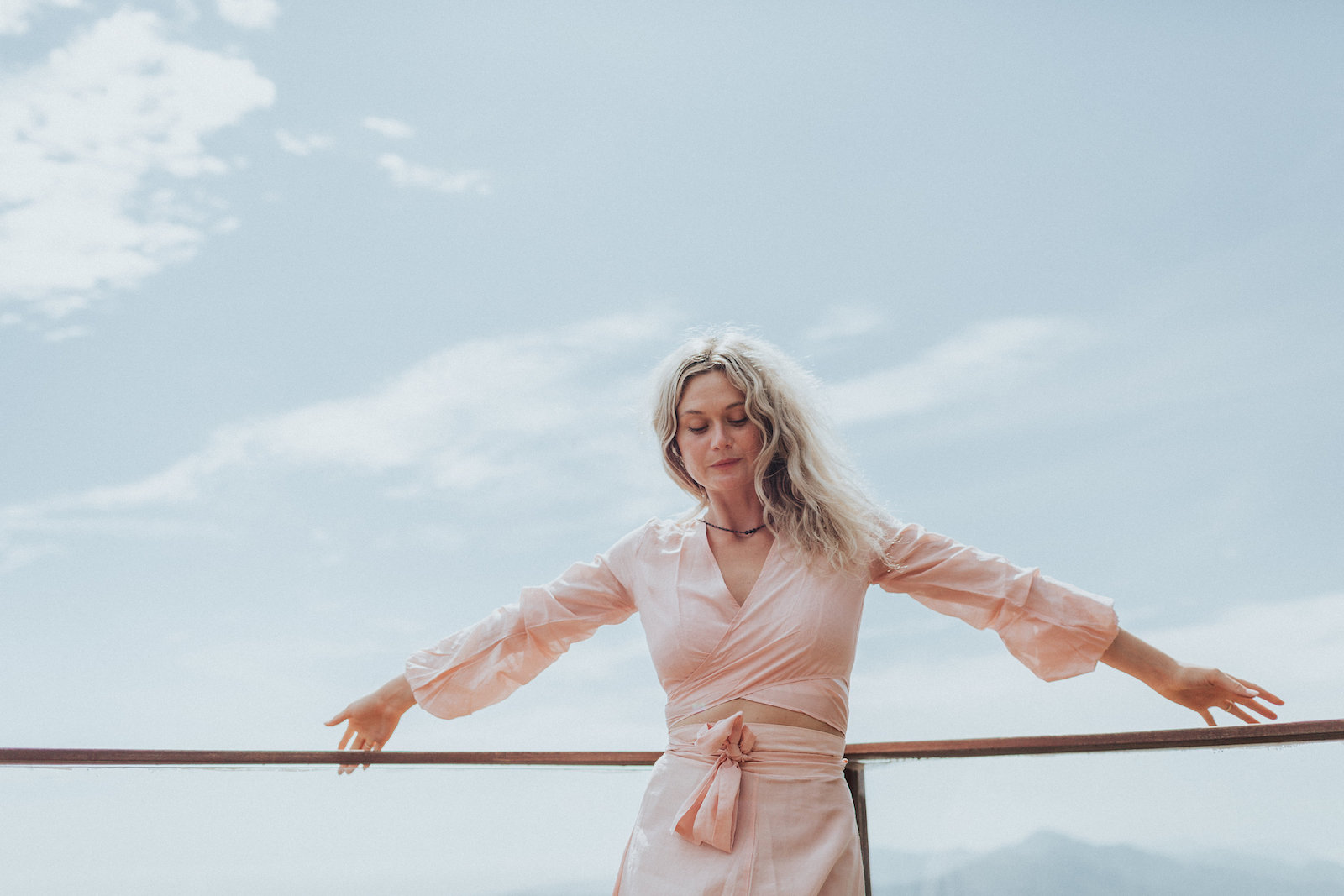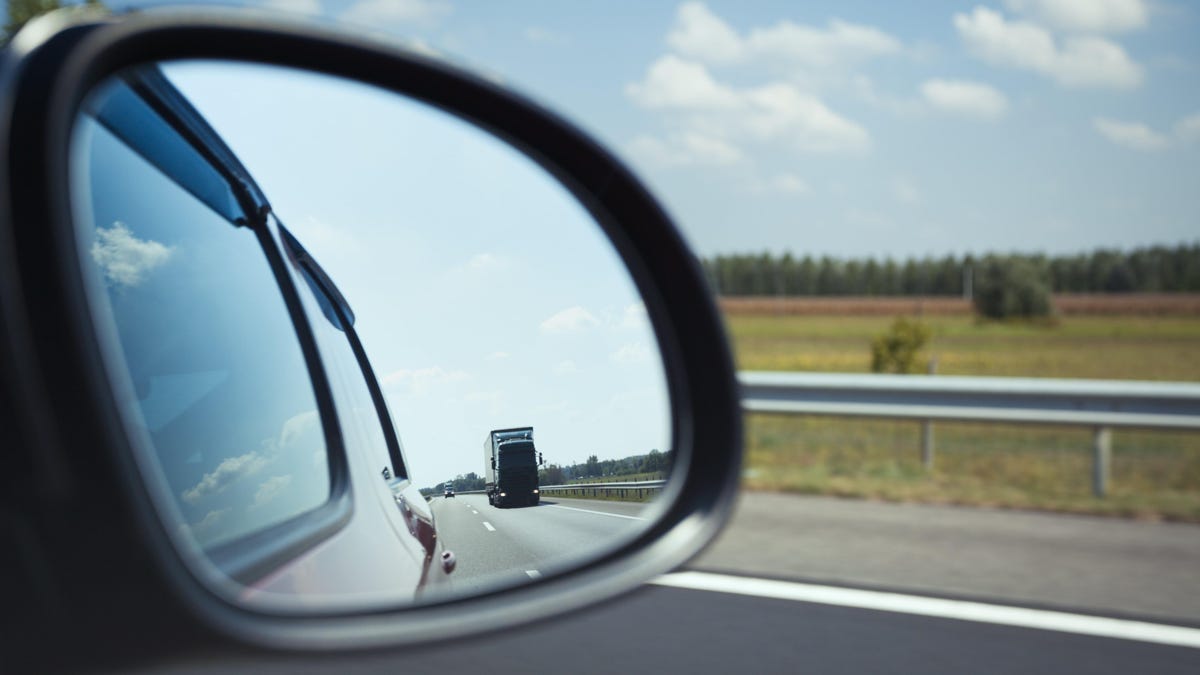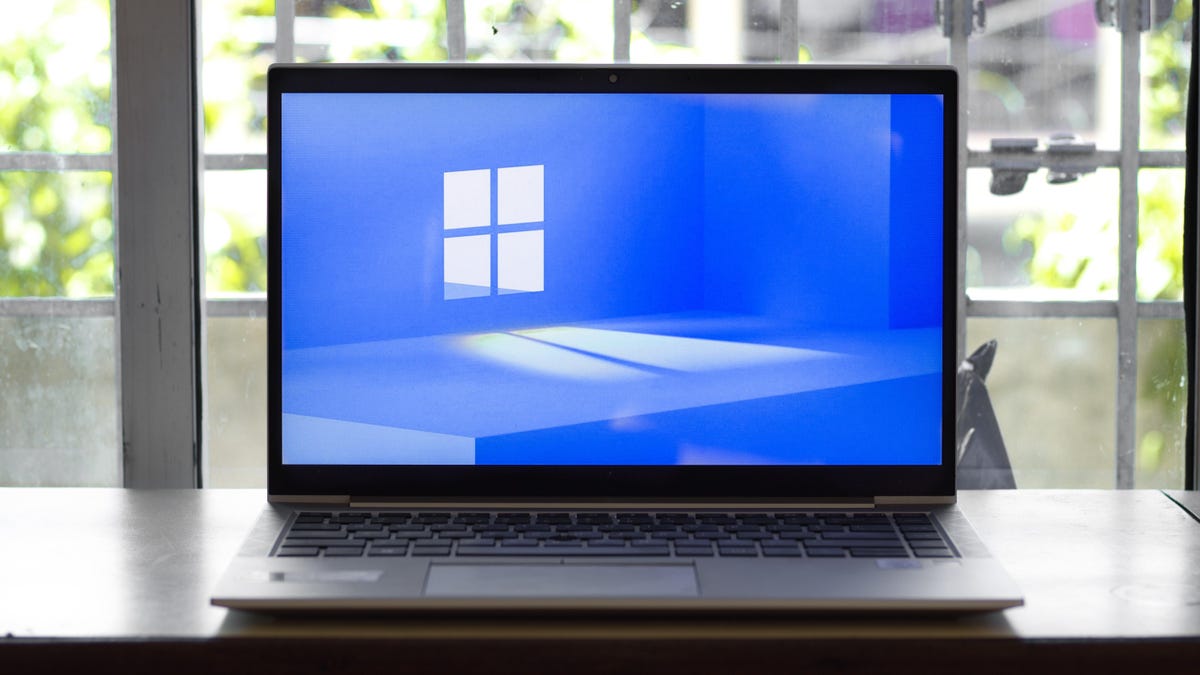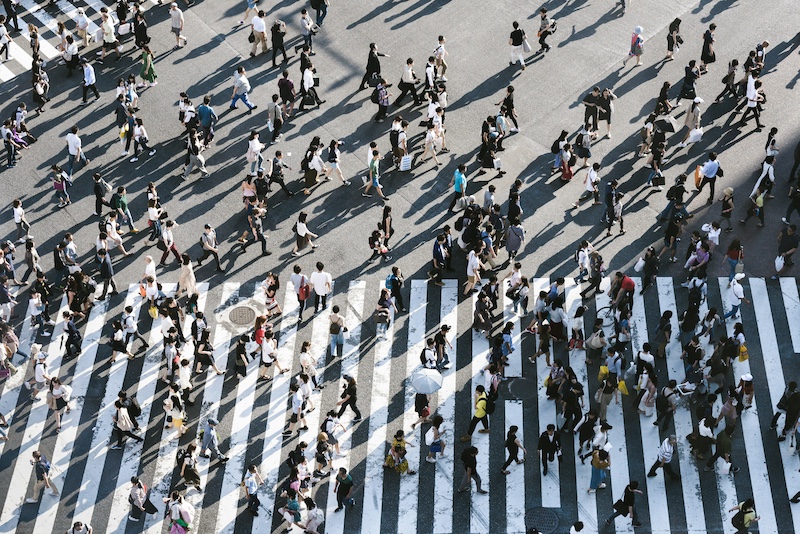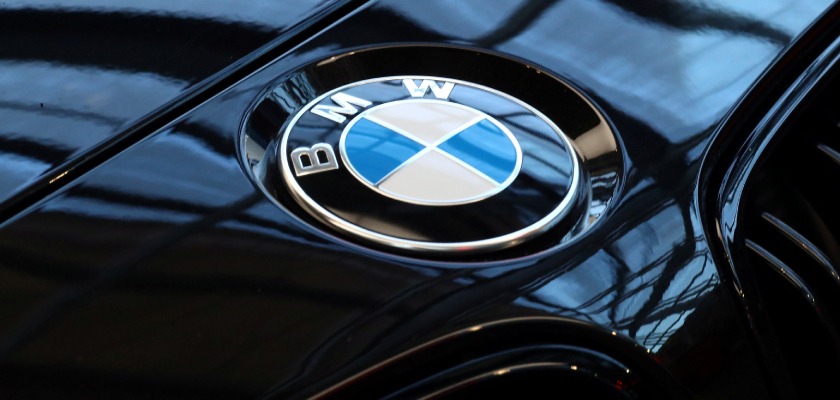Fifteen of the best ski resorts for late season snow
Planning a ski or snowboard trip for March or April? These high, snowsure resorts are likely to have the best conditions
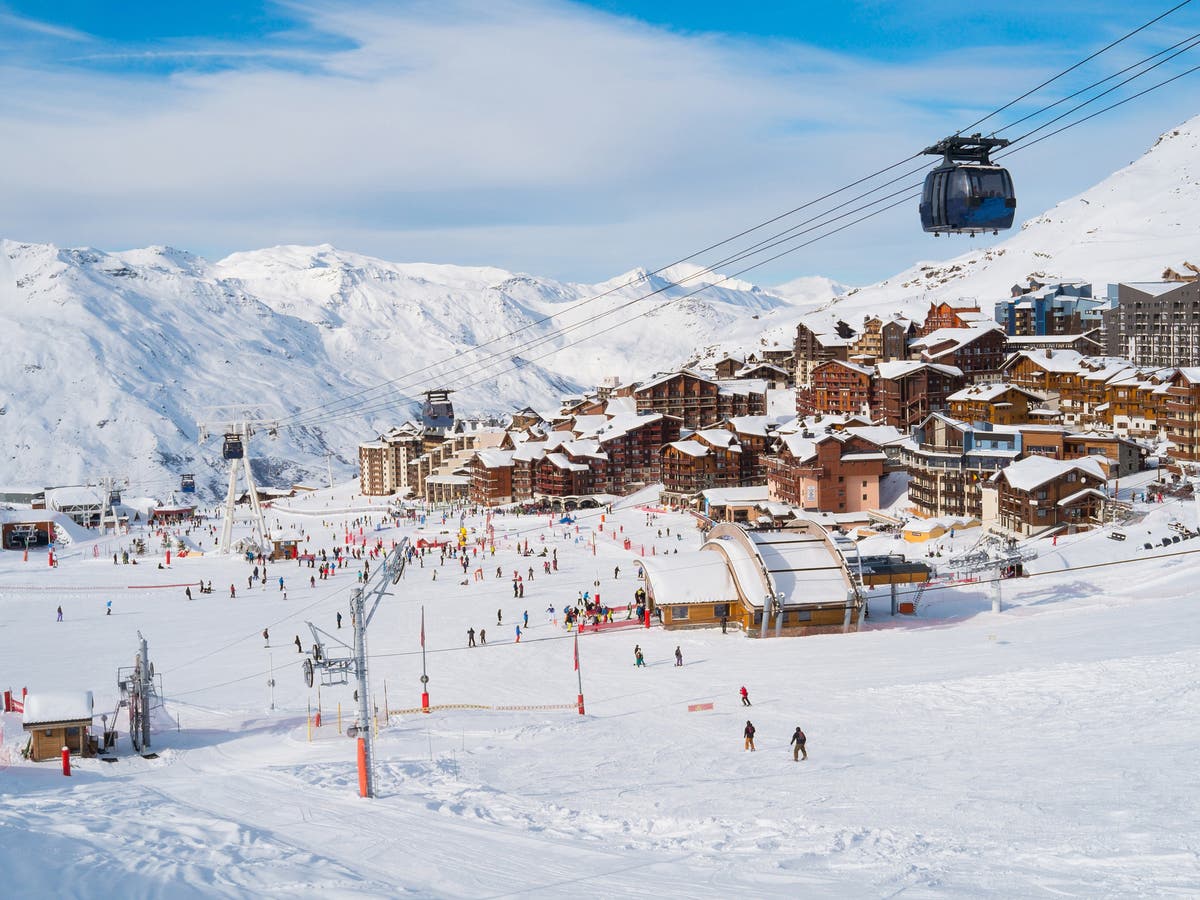
Sign up to Simon Calder’s free travel email for expert advice and money-saving discounts
Get Simon Calder’s Travel email
If you have yet to go skiing this season – or went but were left itching for more – it’s not too late to get a trip in. Many skiers worry about lack of snow over the Easter holidays, but their fears are largely misplaced. By April, most pistes have a solid, icy base underneath them, guaranteeing at least a strip of snow on even lower runs back into the village.
For the most wintry landscapes, however, head to some of these higher – or more northerly – resorts, most of which only close in May.
Val Thorens and Orelle, France
As the world’s biggest ski area, the Trois Vallees is a popular choice. Meribel, a pretty village of stone houses, is at the centre of the area, with chichi Courchevel’s wide, immaculately pisted boulevards to the east. But for guaranteed snow off piste – and cheaper accommodation – try lofty Val Thorens at the other end of the ski area. You can even reach it by Eurostar booking through Travelski. There are even cheaper deals to be had in Orelle, which last winter got two new gondolas that whisk you up in 20 minutes to Val Thorens’ highest point, the Cime Caron, at 3,200m.
Read more on skiing holidays:
Ischgl, Austria
Ischgl has a big network of high-altitude slopes
Despite its reputation as a party capital, Ischgl is a charming, upmarket village, with challenging skiing on a big network of high-altitude pistes. Most of its snowsure slopes are north-facing, so drop into the warm, south-facing Swiss side of the area for sunshine. Apres is a big thing here – and, to clarify, Austrian apres-ski is just that, partying directly after skiing so you can freshen up for dinner and still ski the next morning. A free concert by Italian singer Eros Ramazzotti closes the season on 30 April at an altitude of 2,300m. Austrian hotels are also known for their excellent spas, and the newly opened public Silvretta spa has a huge outdoor pool on the roof and an ice rink running the circumference of the upper floor.
Zermatt, Switzerland and Cervinia, Italy
Another high-altitude cross-border area is Zermatt-Cervinia. There’s more to see and do on the Swiss side, which has the best views of the Matterhorn, and is where cog railways climb incongruously between the pistes. Off-piste fans can try the avalanche-patrolled “itineraries” around the Rothorn and Schwarzsee sectors. And the Zermatt Unplugged music festival runs from 11 to 15 April. However, it’s far cheaper to stay on the Italian side... as long as you don’t miss the last lift back – the two resorts are a four-hour taxi ride apart! The opening later this year of a high-tech 3S gondola between the two should help with that.
Paradiski, France
Les Arcs offers access to glacier runs
(Les Arcs Tourisme)
The resorts of Les Arcs and La Plagne cater well to skiers of all abilities – and most budgets – with La Plagne designating certain pistes CoolSki Zones, only open to beginners. If the snow is good, Peisey-Vallandry, between Les Arcs and La Plagne, offers the best access to both, as well as charming chalets – a nice alternative to the two resorts’ purpose-built apartment blocks. But in spring, Les Arcs benefits from the easiest access to glacier runs. Try Arc 1950 – expensive, but created to look like a traditional village – or Arc 1600, reachable by funicular railway from the Eurostar terminus at Bourg St-Maurice.
Obergurgl, Austria
Obergurgl is a popular choice for families, with its walking trails allowing older generations – and parents with babies – to join skiers on its wide, uncrowded, snowsure slopes. A new cultural centre, Gurgl Carat, promises exhibitions and concerts, while a 10-minute gondola ride takes you to the pistes of Hochgurgl and the newly rebuilt motorcycle museum there. The resort of Solden, included in the ski pass, is 20 minutes by bus down the valley. The village is less quaint than Obergurgl, but its big network of slopes rise even higher – to the Tiefenbach and Rettenbach glaciers at 3,340m – and you can visit the Bond museum, 007 Elements, where scenes from Spectre were filmed.
Murren, Switzerland
Also popular with winter walkers – and Bond fans of a different vintage – is Murren, a charming, car-free, clifftop village. A new train service from Zurich airport has cut the transfer time by an hour, and here skiers and non-skiers can visit the revolving Piz Gloria restaurant – the setting for 1969’s On Her Majesty’s Secret Service – as well as lap up Murren’s sunny, high-altitude slopes. The rest of the Jungfrau region – Wengen and Grindelwald – is accessible by trains that also serve as ski lifts (with the advantage that they run all evening). Just don’t go to Murren after 4 May – unless you are prepared to go down on one knee. That is when the resort’s highest runs are reserved for its Telemark Only festival.
Niseko, Japan
Try Niseko for a different cultural experience
(JNTO)
Japan only reopened to tourists this autumn after two and a half years of pandemic isolation, but happily that was in time for the start of its ski season. In addition, Crystal has become the first big tour operator to offer ski trips there, with all the cost and organisational benefits that brings. Crystal takes guests to Japan’s biggest resort, Niseko, which is a magnet for Asia’s many first-time snowboarders – several filming themselves with selfie sticks! More accomplished riders can circle the steep slopes around the crater of the volcanic Annupuri peak, before swooping down into any of the four sectors around the mountain with their powdery tree-lined runs – the season generally lasts into May due to an average 14 metres of snowfall.
Tignes, France
With an underground funicular railway that leads to the glacier, Tignes is well placed for spring skiing whatever the weather – and it’s important to remember that in these high-altitude resorts it’s often strong winds, rather than lack of snow, that limits the skiing. A must in Tignes is skiing up to the Aiguille Percee, the peak with the natural hole running straight through it. And, if conditions permit, you can ski down through the trees to Les Boisses. The Tignes lift pass gives you access to its more expensive neighbour, Val d’Isere, too, so you can pop over to Val to explore the off-piste but avalanche-secure Vallee Perdue – a gorge that’s popular with children who are confident skiers – or party at the much-vaunted Folie Douce, the apres-ski venue above La Daille.
The Arlberg valley, Austria
Lech is a pretty village in the Arlberg Valley
(Getty/iStock)
The Arlberg valley stretches all the way from St Anton, via Lech, to Warth on the German border, and Schrocken. While experts are drawn to St Anton’s perilous off-piste descents from the Valluga peak, for most of us it makes more sense to stay in the middle of this giant area. Lech is pricey, so you can try Stuben, a little village clustered around an onion-domed church, or Zurs. It’s not the highest of ski areas, and the season closes earlier than most others listed here – on 23 April – but generally abundant snowfall, particularly towards the Schrocken end, guarantees nicely varied skiing, even if the snow does get heavy in spring. The jazz-infused Tanzcafe concerts, held in the first fortnight of April, are not as wild as St Anton’s apres scene, but they exude a relaxed, lounge-style charm.
Chamonix, France, and Courmayeur, Italy
For a short break, try Chamonix on the flanks of the Alps’ highest mountain – Mont Blanc. It’s just over an hour from Geneva airport and mostly caters for advanced skiers. However, even adventurous intermediates can tackle the famous Vallee Blanche descent over the glacier with a guide. The catch? It begins with a vertigo-inducing hike down a ridge, where you stare down a near-3km vertical cliff face to the charming town below. Courmayeur (courmayeur-montblanc.com) – on the Italian side of Mont Blanc – is also covered by the Mont Blanc Unlimited ski pass, and from 1 April the price of the three-day pass drops from €215 to €113. However, the ski areas aren’t linked; they’re a 45-minute bus ride apart, though with a guide you can ski from the top of Courmayeur down the Vallee Blanche, avoiding that stomach-churning first stage.
Whistler, Canada
Whistler is beloved for its big powder-bowl descents
(Reuters)
The biggest ski resort in North America, Whistler is a regular late closer on a continent where many resorts shut early due to lack of demand. That’s thanks in part to its glaciers, but also the plentiful snow, which this season has been boosted even further by La Nina – the latest phase of this snow-bringing weather phenomenon is set to end this winter. The resort is most popular with experts wanting to do the big powder-bowl descents for which the resort is famous. Many also want to try heliskiing, but for a fraction of the price try backcountry cat skiing, where a caterpillar-tracked vehicle takes you back up the mountain. Not only does it give you a much-needed chance to rest between runs, but you won’t have the frustration if too much cloud and snow means the helicopters can’t fly. There’s plenty to do off the slopes in Whistler village too, from shops to cultural attractions, and you’ll want to include a visit to the city of Vancouver itself.
Les Deux Alpes, France
With one of Europe’s largest skiable glaciers, as well as a linked network of red and blue slopes, Les Deux Alpes is a natural spring choice. Experts will want to hike over the top to reach the legendary descents of La Grave – an off-piste-only resort. For the rest of us, without a series of villages and woodland trails to explore, it makes sense to look for other challenges. Many of the British tour operators – which offer excellent-value deals here, especially in their own-brand hotels – organise day trips to Alpe d’Huez and Serre Chevalier, which are covered by the lift pass. And some include guiding by instructors around the resort.
Are, Sweden
An alternative to going high in altitude in search of snow is to go high in latitude. Finland and Sweden have resorts open until May, but the problem is a lack of direct flights come spring. The exception is Are (skistar.com), which is two hours from Trondheim airport and genuinely caters to all level of skier. Its highest run, at 1,270m, is nearly a kilometre above town, and beginners and nervous intermediates can pass under the fastest black runs through a series of tunnels to explore cosier trails zig-zagging through the trees. The town is more lively than a lot of its Nordic rivals, but food and drink are expensive in Scandinavia, so many families opt for self-catering apartments (which generally come with their own saunas). And Are has an extensive network of cross-country trails.
Norway
Geilo is still snowy late in the season
(Getty/iStock)
The Nordic country with plenty of direct flights from the UK in April – and easy onward rail connections – is Norway. From Oslo airport, it’s a direct two- to four-hour train ride to resorts such as Kvitfell and Hemsedal. And the new tram connection from Bergen airport allows you to visit Geilo and Myrkdalen relatively easily. Norway’s resorts are less challenging and more orientated to young families than most in the Alps. But for child-free weekenders, Voss has a new gondola, which rises directly from the railway station to a mass of nicely varied pistes, so you can ski until 2.30pm and be on the 7pm flight home.
Hintertux, Austria
Most of the resorts mentioned here only close in early May. But if you’re keen to extend your ski season beyond that, there was one Alpine resort that remained open to recreational skiers year-round even in last summer’s baking heat. The Hintertux glacier straddles the main Alpine ridge dividing the northern and southern Alps, and so benefits from snowstorms from both directions. Of course, out-of-season skiing is limited, unless the lower runs and off-piste itineraries back down to the village are still open. (Off-piste skiing on the glacier itself is strictly verboten because of the many crevasses.) But there are other attractions, such as tours of the Ice Palace, an amazing network of tunnels discovered in the glacier, with a boat ride included, and breakfast or lunch in a gondola. From that vantage point, even in midsummer, you can see snow all around you.
Read more on our tour of the Swiss Alps, including a journey onboard the Glacier Express

 Fransebas
Fransebas 








